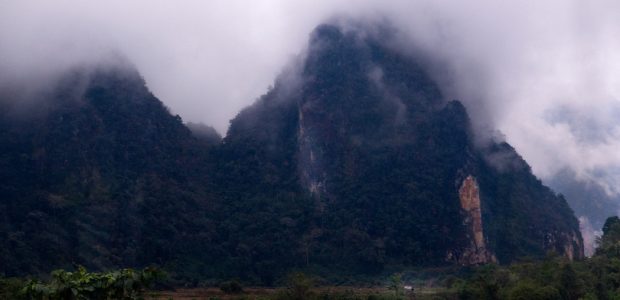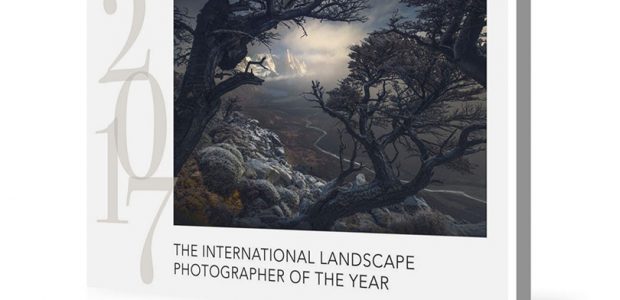
In the essay associated with his Anthopocene Book, Edward Bertynsky observes:
“Our Planet has borne witness to five great extinction events, and these have been prompted by a variety of causes: a colossal meteor impact, massive volcanic eruptions, and oceanic cynobacteria activity that generated a deadly toxicity in the atmosphere. These were the naturally occurring phenomena governing life’s ebb and flow. Now it is becoming clear that humankind, with it’s population explosion, industry, and technology, has in a very short period of time also become an agent of immense global change. Arguably, we are on the cusp of becoming (if we are not already) the perpetrators of a six major extinction event. Our planetary system is affected by a magnitude of force as powerful as any naturally occurring global catastrophe, but one caused solely by the activity of a single species: us”
In the age of Greta Thunberg, Extinction Rebellion and a world wide potential re-order focused on our roll in the ecology(s) of the Earth, what is the Anthopocene, and how might we begin to make sense of it, in order to truly change our view of the planet and ourselves ?
There is a still somewhat contested idea that humans are fundamental to an epochal change termed the Holocene. It suggests that within the last 12 to15 thousand years and without question (for those studying it), the previous 10 thousand, human activity or intervention on the Earth itself appears to constitute an ecological time frame of its own. Whether as prime antecedent architects or partial contributors there is no denying our integration with geological markers.
There is much-animated discussion and digging between those who mark human advancement over the Earth as evident and traceable through epochal timelines, and those who are less ready to sign off on as much. But there is no denying our increasing and devastating imprint on the planet and the crises we find ourselves in. A crises of identity.
When we try and create flag poles for how humans have impacted the environment to a point of labeling an epoch, most agencies saddled with this task, settle on the dawn of agriculture, and the testing of nuclear bombs. The distance between these poles seems a vast chasm (though really but a blink). The first being stable crop harvesting, using the stars as seasonal advancement markers, and the second being the atomic bombing of a desert.
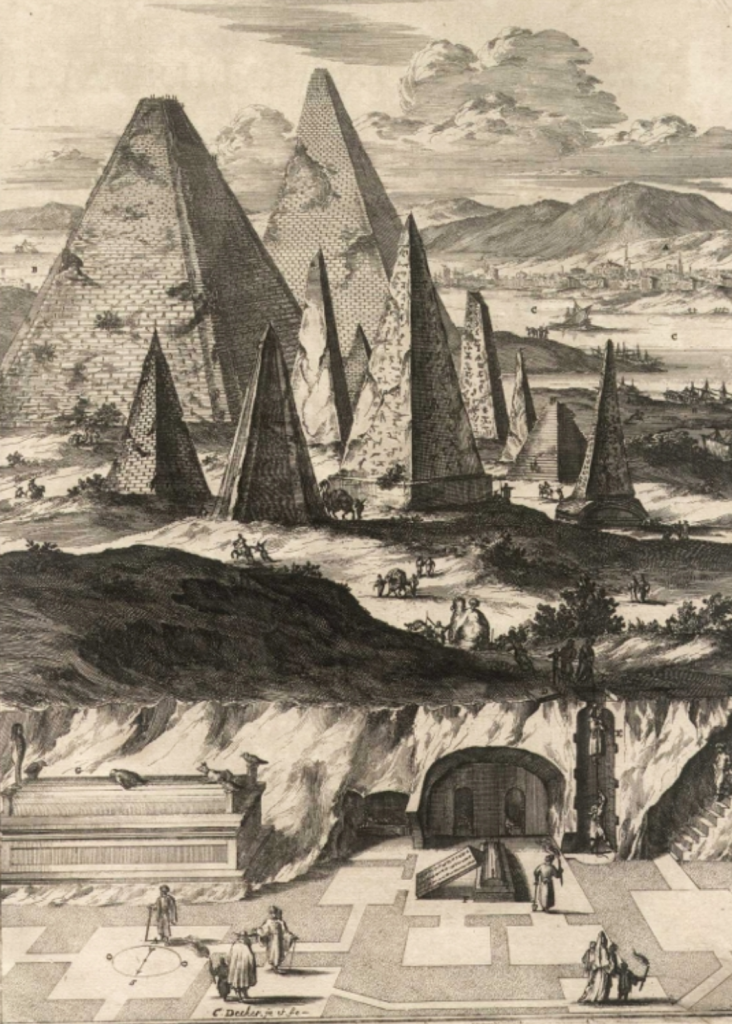
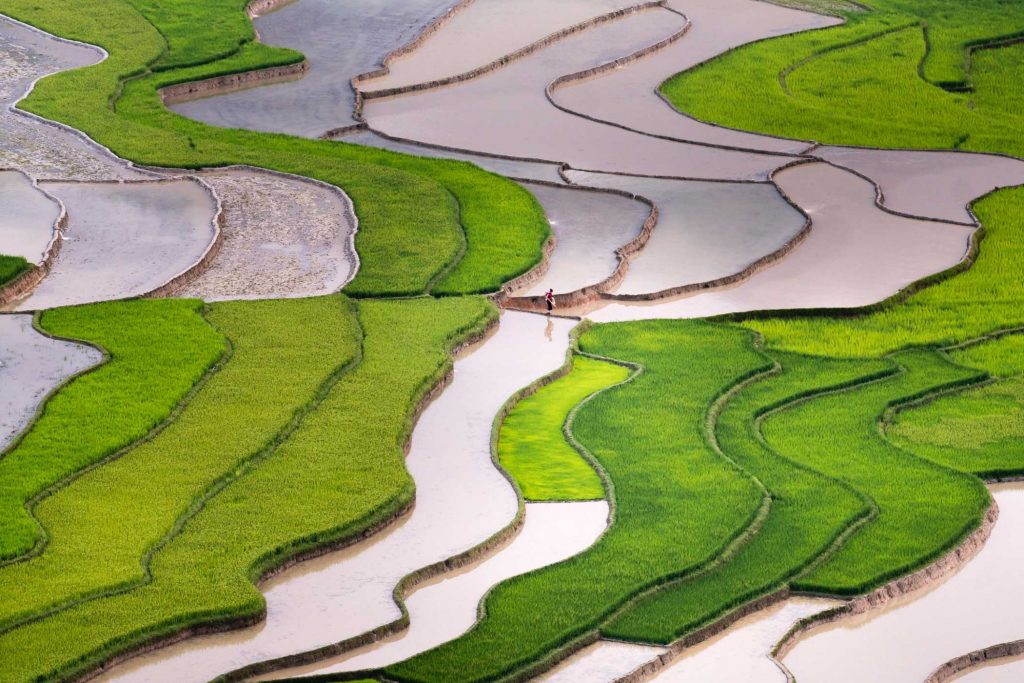
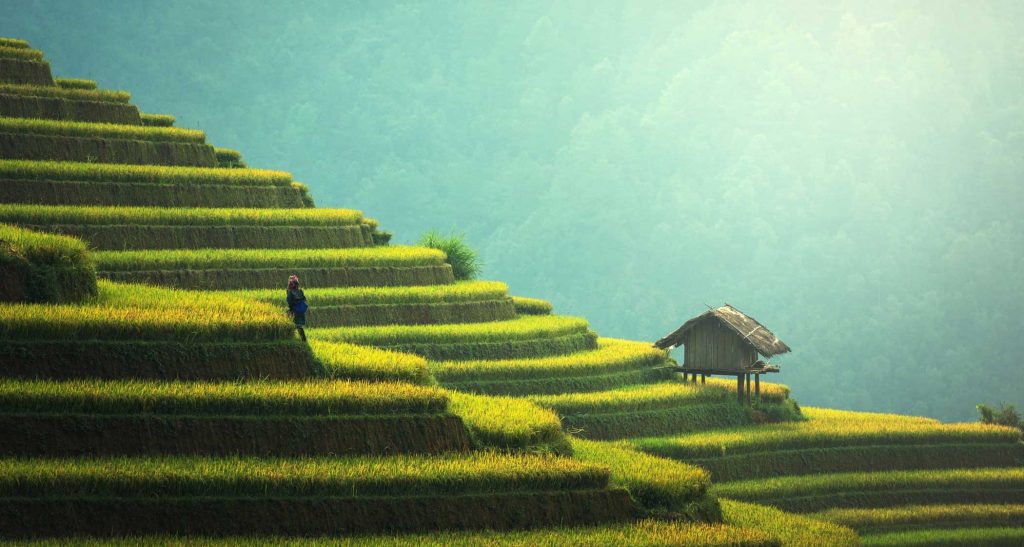
Two seemingly contrasting phenomena differentiate these markers with potentially “opposite” impacts in terms of the speed of their effects. From a pedestrian angle, it seems impossible to discount either as significant processes or events. But of course it takes eons for a mountain to form, and it’s continuous mutating and response to wind and quakes etc become timelines we can track but barely fathom. We are only now coming to learn about ancient and now discarded agricultural and building practices which included a respect for and resonance with the elements, environment and phenomenal world, which we now see as outside of ourselves. We must begin to look at our psychic and societal evolution to understand where we have generated a fissure with our home
How do we consider Earth as related to humanity’s footprint? How do we take responsibility for this, and gain wisdom about or own natures, which often seem at odds with tracking this footprint, with humility?
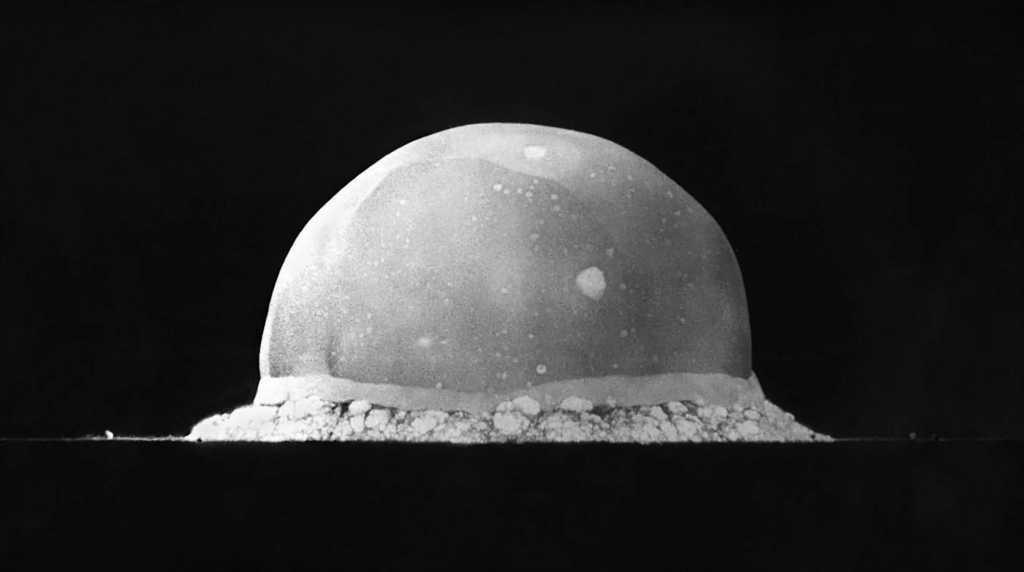
People enjoy photographing our natural environments through perspectives that suggest some unspoiled terrain of majestic beauty seated outside of our touch, outside of our influence and somehow also under our feet and on the horizon. “Nature” is seen as wild and untamed, separate from our civilized gaze and yet the core objects of our reverence. This perspective is natural, but perhaps it is short-sighted or true only as fantasy.
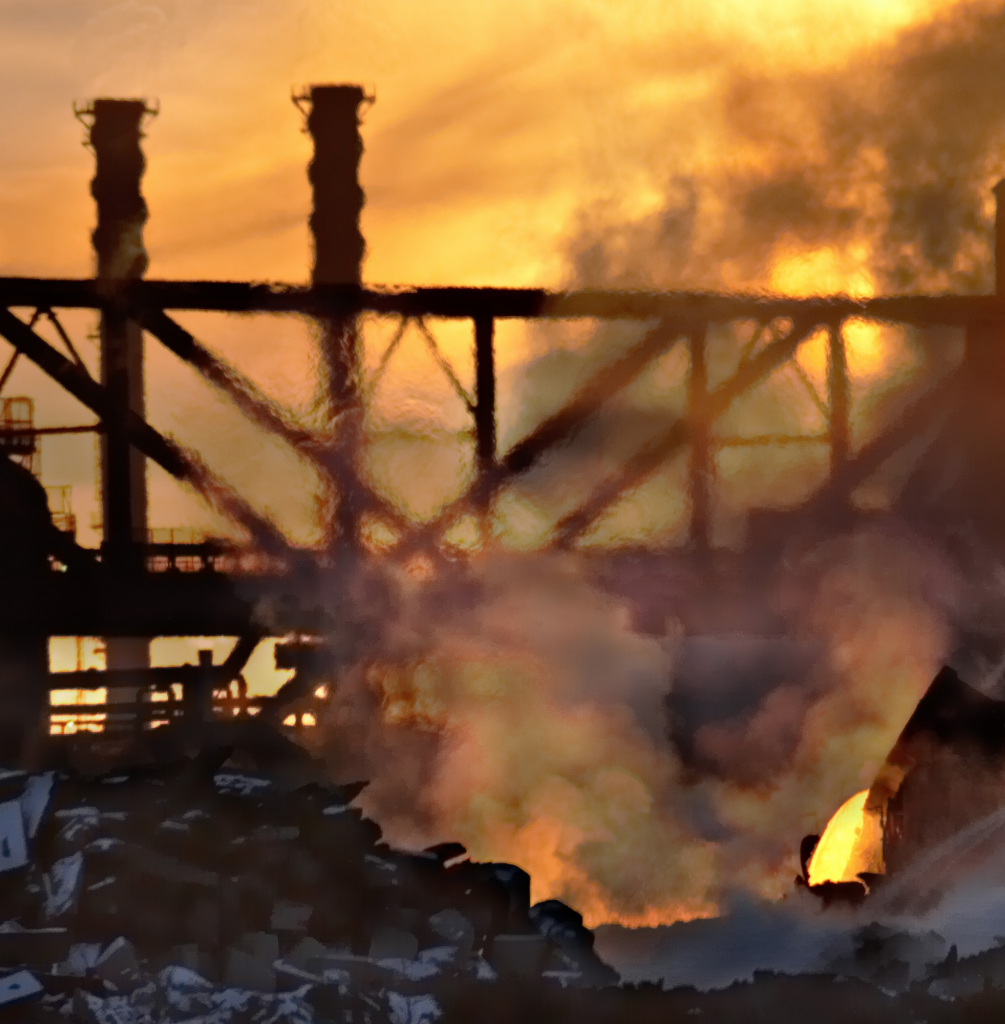
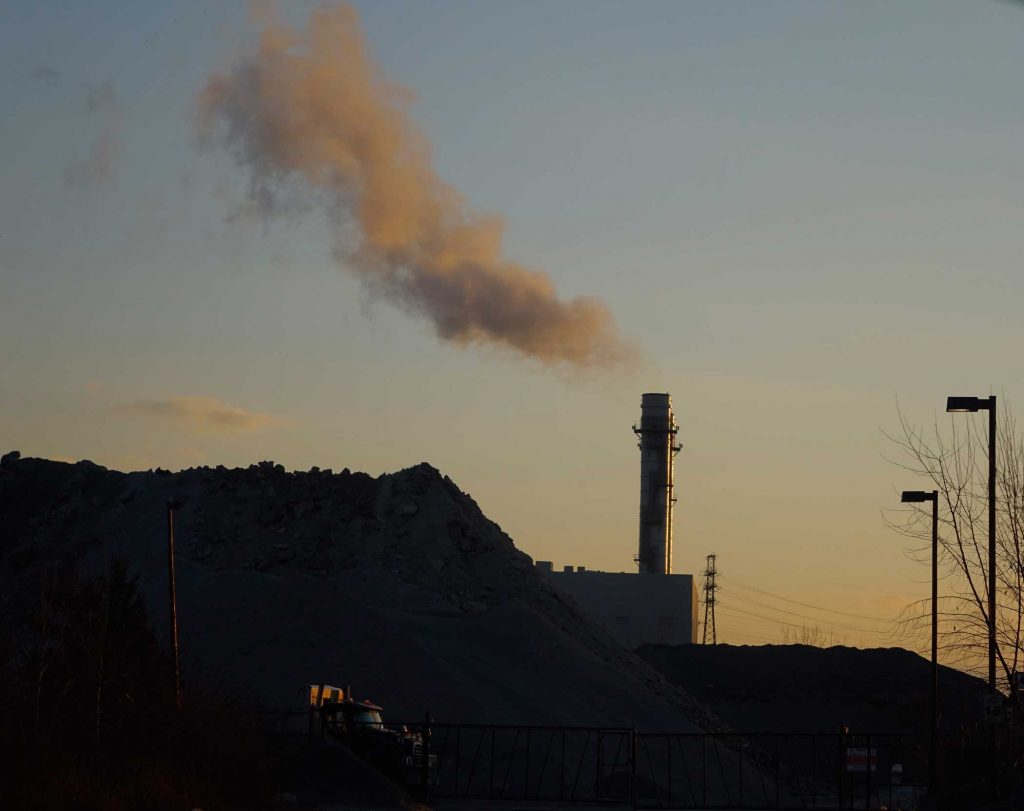

When humans make their way into shots, they are dwarfed or enhanced by nature’s grand gestures and beauty. While this POV is the core of romantic naturalism, this seems on its face a patently wrong way to think of how humankind entwines with the environment. While we have always anthropomorphized, worshiped and discovered our size through environmental nature, we have never been discrete or passive interlopers peeking onto our environments as shame filled trespassers, at least not until very recently.
The Anthropocene suggests we’ve made our mark on ourselves as much as the environment we perceive as outside of us. In one great and quick movement of time, enmeshing our planet and our selves as one and making incontestable echoes of our impact both internally and externally.
What do I mean by both an internal and an external impact on our environment? There has never been a separation between the two- ourselves and “the external world”. We remain in awe of nature’s splendor while feeling separate from it, but this pathos must stop to gain a footing towards understanding our natures. Our nature, is the very same nature as that of the environment.
The Anthropocene concept posits that humans have been the most influential factor in the environment throughout this Holocene era. Not merely contributing to the etchings of change, but now even more recently, dangerous prime authors of it. The idea that the Anthropocene may be a slithering shadow haunting us, showing it’s ever-mutating face in subtle ways while we attempt to maintain a facade of separation from the elements and this tremendous bioelectric storehouse of prana, is something to reconsider. It is more severe than this, and the antidote requires us to look deeper.
To see The Anthropocene truly, through the growing noise made by its supporters – (the majority of the scientific fields involved in its study) is to recognize not the latest rage, outrage, or aspect of the environment currently undergoing change or apparent change through pollution. It is to see the whole of our bodies and cultures as natural expressions of the Earth. Geological time and our real place in it is marked as the Anthropocene. It is the observing of manifest time beyond the usual measure, which now incorporates us in physical reflection. Measurements that are made by tools which are part of the subjects of influence being measured! Our very technological impetuous can be seen as a direct and natural aspect of the earth, however discordant. We are but the Earth’s nodes of sentience expressing it’s conscious unfolding. This must be internalized in order to recognize the way out of pollution’s machinations and cause.
Edward Burtynsky, Jennifer Baichwal and Nicholas de Pencier have just released the film Anthropocene: The Human Epoch. You can see more about this stunning documentary here : https://theanthropocene.org/
Watch the official trailer here:
Edward Burtynksy is no stranger to The Luminous Landscape and we have interviewed and covered his mission and work before here in a three part series, though in these pieces the focus is more on process and gear. Edward’s large scale prints and methods are a beautiful testament to technical craft being pushed to it’s most useful boundaries and executed with intention.
In coming months we intend to interview Edward again and gain further insights into his film process, photography and this focus. Edward has put his money where his mouth is and invested energy into showing us the true face of our externalized expression, which says a lot about our own view of ourselves.
We measure humanity’s health by merely breathing in the environment’s alterations on the planet. It seems we are now seeing our selves anew when seeing the environment through this concept. This opens up very deep spaces for our own inquiry and observation, that being our interdependence with all phenomena.
Some may argue that there are ways to compartmentalize this observation. We might be tempted to say that stretching this idea too far leads to a kind of haze of objects and concepts. But what are we if physically and intimately bound to the very landscape we observe and relate to? Indeed, we are not separate from it in any exact way, including our very psyche and health!
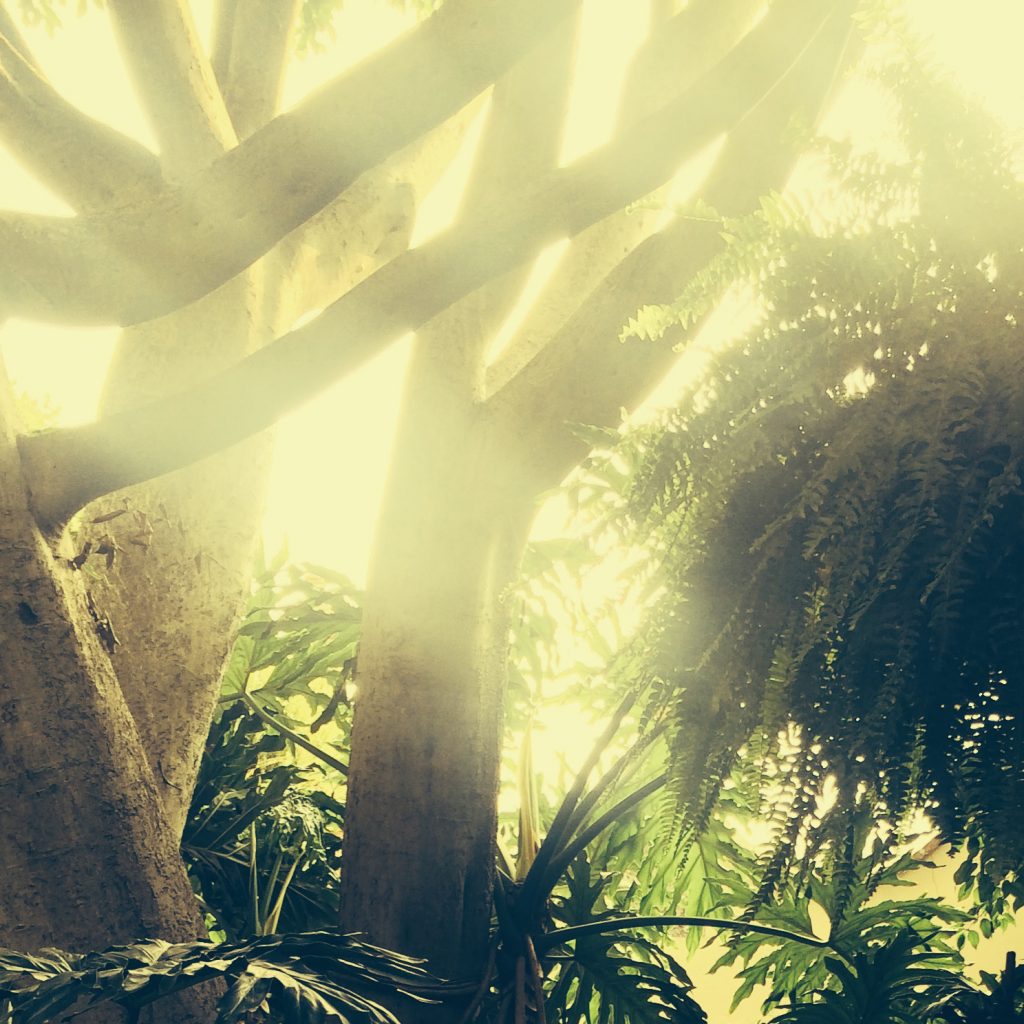
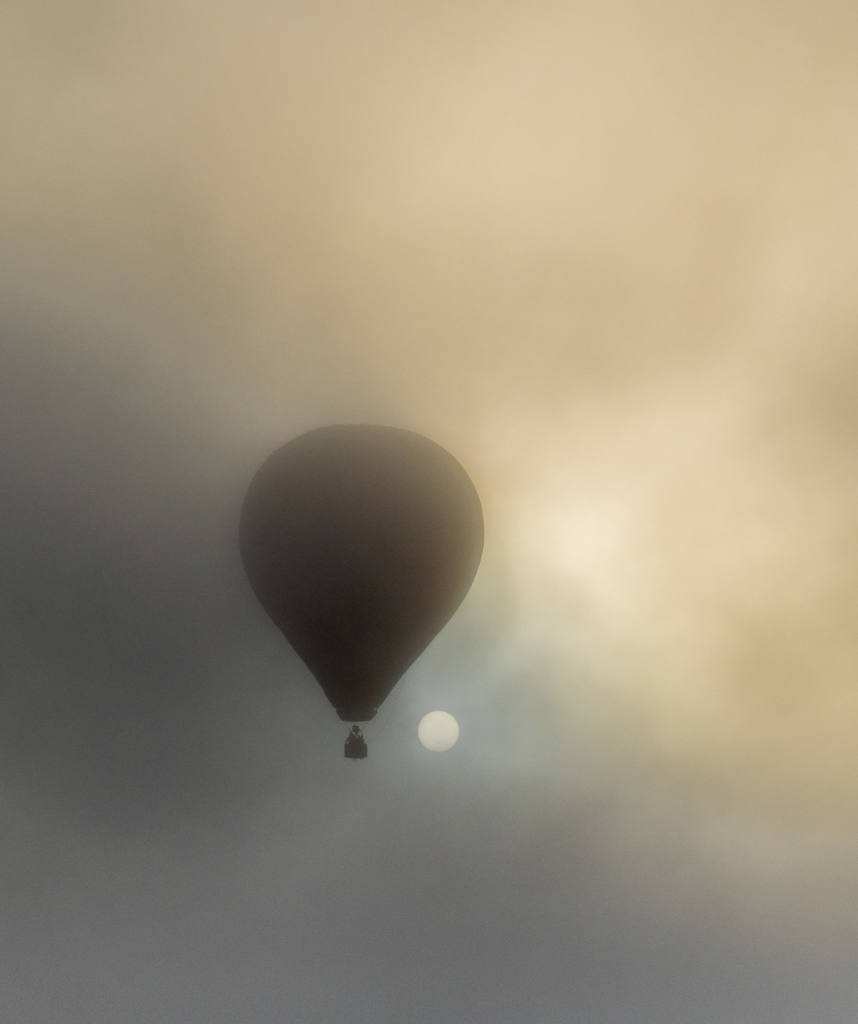
If this evidence of our place in Earth’s history, the present and the prospective future is sufficiently metabolized, then perhaps we can genuinely peer out with untarnished eyes. With eyes unobstructed by omnipotence, helplessness, wish-fulfillment, or delusion.
For me, non of the emphasis on The Anthropocene should be to generate a deeper chasm between human-beings and our planet. It is the very opposite which is invited when we allow the act of observing and measuring our planet’s seismic history to incorporate our selves – neither above it or below, we are a part of the Earth and merely responsible for remembering this.
For the photographer, artist and human being, we have a chance to re-imagine what our activities can feel like. If the planet is inextricably linked with our own bodies and minds, then when we step out on to the landscape’s path with our cameras, we can begin to realize that we are, in truth, simply capturing images of ourselves as we make our mark.
Trailer and links courtesy of Edward Burtynsky Studio and Mongrel Media
Josh Reichmann
October 2019
You May Also Enjoy...
LAOS – Off the beaten track
FacebookTweet Focus on the Journey: Ashok Viswanathan takes us through his camera bag and his journey to Laos. LAOS known as “Lao People’s Democratic Republic”
Do Landscapes Need To Be Factual?
FacebookTweet One of the most emotive questions facing landscape photographers today is whether their images should be factual. If you take a photograph in Yosemite,
